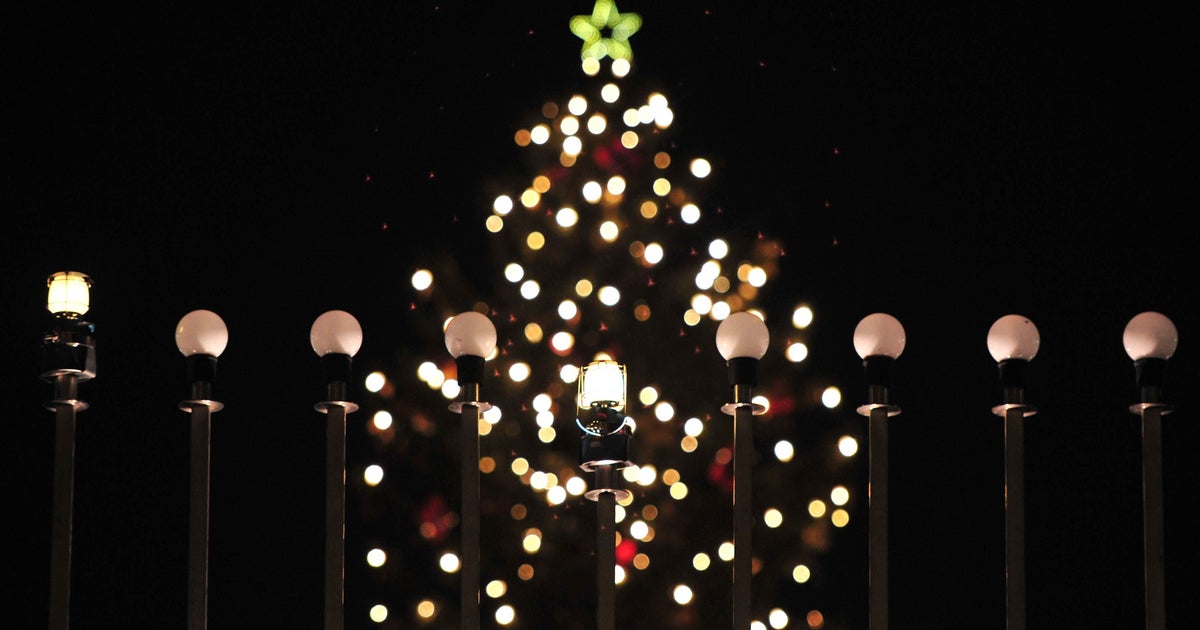Lyrids meteor shower peaks tonight to deliver epic shooting stars on Earth Day
One of the oldest known meteor showers will light up the night sky this week, marking a beautiful start to Earth Day, which is celebrating its 50th anniversary. The Lyrids meteor shower is expected to peak Tuesday night into Wednesday morning, April 21-22.
With most peoples stuck inside, isolating due to the coronavirus pandemic, the shower presents a much-needed opportunity to explore one of nature's greatest wonders.
What are the Lyrids?
The Lyrid meteor shower occurs every year in mid-April when particles shed from Comet 1861 G1 Thatcher. According to the American Meteor Society, the comet last passed through the inner solar system in 1861, but with an estimated orbit of 415 years, it won't be back anytime soon.
Records of the Lyrids date back 2,700 years, making it one of the oldest known meteor showers. According to NASA, the first Lyrid meteor shower was recorded in China in 687 BC.
Each year, when Earth collides with the comet's orbit, vaporizing debris comes flying into our atmosphere at 110,000 miles per hour. The shooting stars are known for their speed and brightness, though they don't compare to the brilliant Perseids shower in August.
Under normal conditions, the shower offers a peak of about 10-20 meteors per hour in the northern hemisphere — a quarter of which leave glowing dust trains. In the southern hemisphere, the rate is much lower at 1-2 per hour.
While the Lyrids have been known to have outbursts of 100 meteors per hour, an outburst is not predicted for 2020 — but that doesn't mean it's impossible.
The shower gets its name from the constellation Lyra the Harp, from which the meteors appear to radiate. The constellation is located just south of a bright, brilliant star known as Vega. It's a welcome sight after a months-long major meteor drought.
When and where to watch the Lyrids
Skywatchers will want to look up between midnight and dawn to spot the best Lyrid activity. It's recommended to watch for at least an hour to see the best display, with the best show occurring between 4 and 5 a.m. local time.
It is advised to escape harsh city lights for the best viewing conditions. Find an open area, give your eyes 30 minutes to adjust to the darkness, and lie flat on your back with your feet facing east — while practicing proper social distancing.
Unlike last year, the moon is near its new phase and nearly invisible right now, making near-perfect conditions for Lyrid viewing. However, cloudiness and rain will affect the visibility of shooting stars in certain regions.
While the meteors radiate from Lyra the Harp, they will appear unexpectedly, in all parts of the sky. Finding Vega should be easy — it's one of the brightest stars, even in light-polluted areas.
"This will actually be a good year for the Lyrids and it is exciting the peak is on Earth Day and in the middle of International Dark Sky Week," Bill Cooke, lead of NASA's Meteoroid Environment Office at NASA's Marshall Space Flight Center, said in a blog post. "While the Lyrids aren't as prolific as other meteor showers like the Perseids or Geminids, they usually do produce some bright fireballs, and since the Moon will be nearly invisible April 22, rates should be about as good as it gets for this shower."
However, if you look directly at the radiant, the shooting stars will be short. To see longer and more spectacular meteors, it's better to look away.
If you aren't interested in staying up late, meteors can still be seen at any time after 10 p.m. — though they are much less likely. At this time, it may be possible to spot an "Earth-grazer" shooting star burning bright near the horizon.





